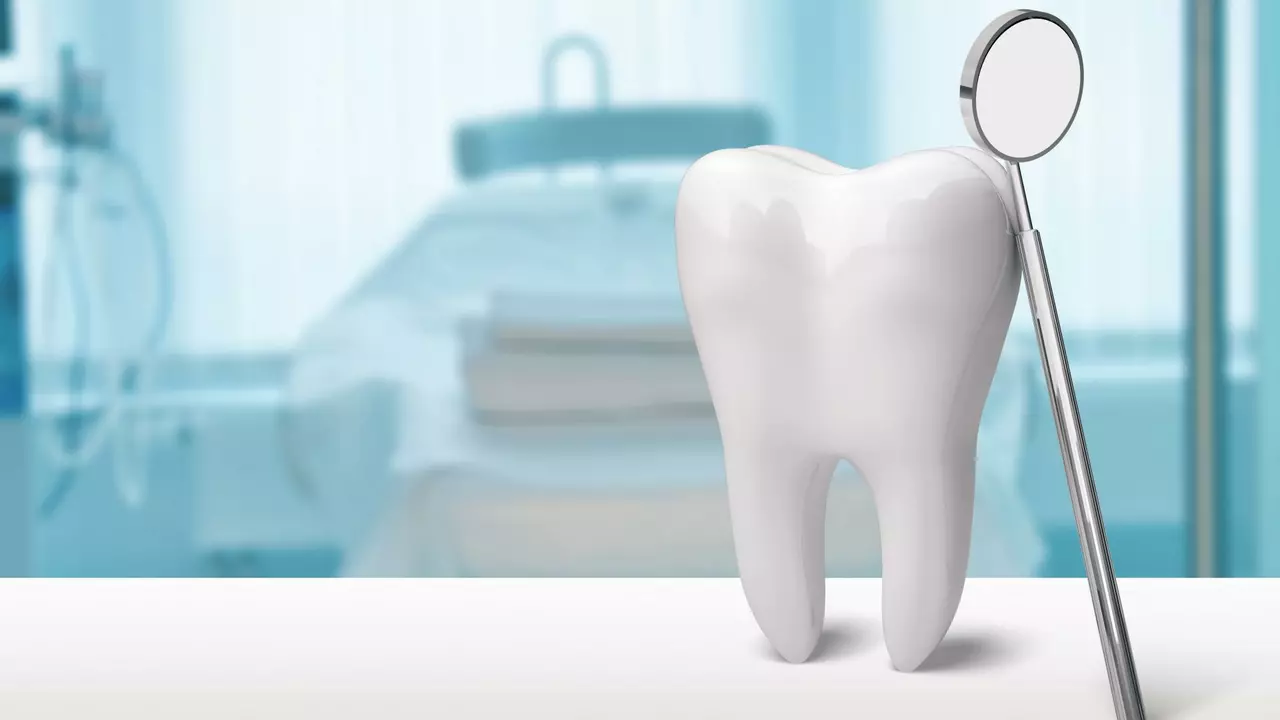If you have chronic kidney disease (CKD), you might hear doctors mention “renal osteodystrophy.” It’s a mouthful, but it simply means the bone problems that develop when kidneys can’t keep mineral balance in check. Think of your kidneys as the body’s chemical regulator – when they falter, calcium, phosphate and hormone levels go haywire, and bones start to suffer.
Why does this happen? Healthy kidneys turn vitamin D into its active form and help clear excess phosphate. In CKD, both tasks get sloppy. Low active vitamin D reduces calcium absorption from food, while phosphate builds up in the blood. The body reacts by releasing more parathyroid hormone (PTH). High PTH pulls calcium out of bones to fix the low‑calcium blood, leading to bone pain, fractures and deformities.
Renal osteodystrophy doesn’t always announce itself loudly. Common clues include:
If any of these symptoms appear alongside CKD, bring them up with your nephrologist. Early detection can slow down the bone damage.
Treatment targets three things: balancing calcium and phosphate, lowering PTH, and protecting bones. Here’s what you’ll typically hear about:
In severe cases where bone loss is extensive, a specialist may suggest surgery to remove part of the parathyroid glands. It’s not common, but it works when medication isn’t enough.
Beyond meds, stay active. Weight‑bearing exercises – walking, light resistance training – stimulate bone formation and keep muscles strong. Pair that with a balanced diet rich in leafy greens (low phosphate) and adequate protein to support overall health.
Regular blood tests are key. Your doctor will monitor calcium, phosphate, PTH and vitamin D levels every few months. Adjustments happen based on those numbers, so keep appointments and share any new aches right away.
Living with renal osteodystrophy means watching two systems at once – kidneys and bones. It can feel overwhelming, but with a clear plan – diet, meds, activity and close lab monitoring – you can protect your skeleton while managing kidney disease.

I recently came across the topic of osteodystrophy and its effects on dental health, which I found quite intriguing. Osteodystrophy is a condition that affects bone metabolism and can have a significant impact on our teeth and gums. It is important for us to understand the link between these two aspects of our health, as it can help us take better care of our oral hygiene. In my research, I discovered that proper dental care and regular check-ups are crucial in managing this condition. I'll be sharing more information on this topic in my upcoming blog post, so stay tuned!
Discover eight alternatives to rexmd.com for men's health solutions in 2024. This article explores a variety of telehealth services offering treatments for erectile dysfunction, hair loss, and other wellness issues. Each alternative provides unique features such as virtual consultations, discreet delivery, and comprehensive health services. Whether you seek the convenience of telehealth or prefer in-person consultations, explore the options that best suit your needs.
Hi there, it's your friendly family doctor, here to let you in on some fantastic coupon codes for our online drug store, familydoctor.org. This is a golden opportunity to grab those everyday essential medications and vital prescriptions, without breaking your bank. Don't miss out on these tempting deals that intend to make healthcare easier on your pocket. So, why delay? Come, uncover these discount codes and take a healthy step towards savings!
Explore how tobacco use fuels pancreatic cancer, the biological mechanisms, risk statistics, and steps to protect yourself.
Abdominal distension can turn a great day into a disaster, but probiotics might just be the underrated tool your gut needs. This article dives into how probiotics can actually help reduce bloating and swelling by changing your gut’s bacterial landscape. I'll explore specific strains, explain what real evidence says, and unpack simple habits to keep your digestion happy. You'll learn who benefits most, what mistakes to avoid, and how small changes can add up. Get ready for tips straight from the science to your everyday life.
Learn how to choose diabetes medications based on side effect profiles to improve adherence, avoid dangerous reactions, and match treatment to your health goals-without sacrificing blood sugar control.